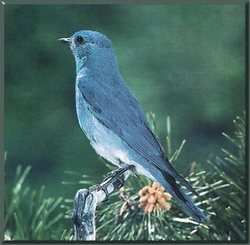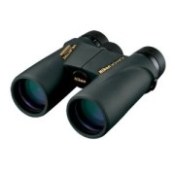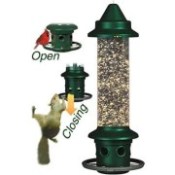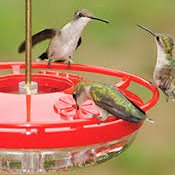
U.S. State Bird of Idaho and Nevada
-
Mountain Bluebird

The Mountain Bluebird is the State Bird of two states: Idaho and Nevada.
Look for Mountain Bluebirds in open country of the Inter-mountain West. They differ from the two other species of bluebirds because they like to hover on the wind (especially on slopes and hillsides) while searching for insects.
- American Ornithologist'Union Common Name: Mountain Bluebird
- Family: Turdidae, Thrushes
- Scientific name: Sialia currucoides
- Length: 7.25" (18 cm)
- Diet: Insects; also takes fruit, especially in winter. Young are fed insects for the protein.
- Foraging Behavior: Often hovers while foraging from ground or hawking from low perch.
- Voice:
Song a series of low, burry whistles like call
jerrf jerrf jewr jipo jerrf. Call a soft whistle similar to other
bluebirds but thinner and clearer: feeer or a mellow, muffled
perf, always descending; also a short, harsh chik or
chak.
- Habitat: Open rangelands, meadows, generally at elevations above 5,000 feet; in winter found primarily in open lowlands and desert.
- Number of broods: 2
- Nest: Often in woodpecker-excavated cavity; loose cup of grass, weed stems, pine needles, twigs, occasionally with hair or feathers. Female selects site.
- Eggs: Averages 5-6 pale blue to bluish-white eggs, rarely white, unmarked. 0.8" (22 mm).
- Incubation period: 13-14 days
- Fledge: 22-23 days after hatching
- Longevity Record: 9 Years and 0 months, with the record coming from a banded bird that was recaptured and released alive in 2005 in Alberta, Canada - (data from the USGS Bird Banding Lab).
Mountain Bluebird at a Nestbox
Mountain Bluebird Feeding Young
The nestlings are young and the parents seem inexperienced. Watch as the parent doesn't seem to want to let the food go.
The Mountain Bluebird was adopted as the State bird of Idaho by the State Legislature in 1931.
The Mountain Bluebird was adopted as the Nevada State Bird in 1970.More information about the The Mountain Bluebird, its life history, song and identification can be found here.
|
Our Favorite Bird Watching Binoculars, Squirrel-Proof Feeder & Hummingbird Feeder Read Our Reviews: |
||

Nikon Monarch M5
Best mid-priced bird watching binoculars. Waterproof, shockproof, multi-coated ED-Glass. |

|

Best Hummingbird Feeder
Drip-Free, Ant-moat, Durable, Easy to Fill and Clean. |
| Click Images or Links To View More Info | ||